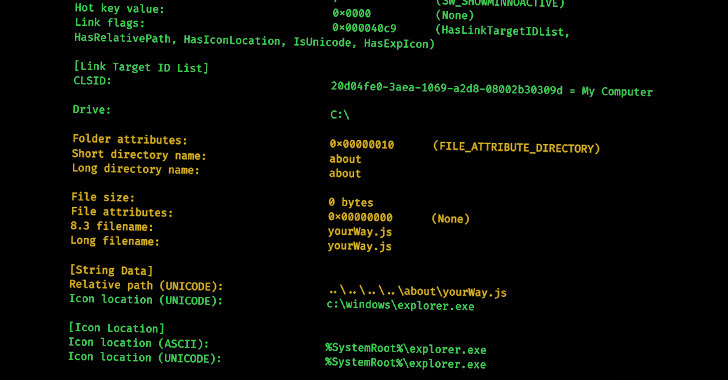The vulnerabilities can be triggered when a higher-level user simply previews or visits any post by the malicious user, as these social links seem to be included in all of a user’s posts.
The HHS has launched a pilot program to tackle Medicare fraud using tree-based artificial intelligence models and deep learning approaches, HHS Chief Information Officer Karl Mathias said Wednesday.
BackdoorDiplomacy is continuously evolving its TTPs during cyberespionage campaigns. Unit 42 spotted the new campaign by the group that targeted Iranian government entities between July and December 2022. Historically, it has targeted government and diplomatic entities in the Middle East and Africa, as well as in the U.S.
Trevor Osagie, a 31-year-old man from the Bronx, admitted to playing a key role in the operation of a credit card conspiracy group that caused over $1,500,000 in damages to 4,000 account holders.
Roaming Mantis (aka Shaoye) is well-known campaign that uses malicious APK files to control infected Android devices and steal device information; it also uses phishing pages to steal user credentials, with a strong financial motivation.
Social media giant Meta has been fined an additional 5.5 million euros ($5.9 million) for violating EU data protection regulations with its instant messaging platform WhatsApp, Ireland’s regulator announced Thursday.
PayPal explains that the credential stuffing attack occurred between December 6 and December 8, 2022. The company detected and mitigated it at the time but also started an internal investigation to find out how the hackers obtained access.
Trend Micro laid bare details of Batloader malware in a report that has anti-sandboxing capabilities and can fingerprint hosts for legitimacy. The modular malware abuses legitimate tools such as NirCmd.exe and Nsudo.exe to escalate privileges. First observed in the last quarter of 2022, it was found dropping several malware payloads, including Ursnif, RedLine Stealer, Vidar, […]
In the ransomware section of its 2023 crypto crime report, Chainalysis found that ransomware attackers extorted $456.8m from victims in 2022. This represents a significant drop from $765.6m in 2021 and $765m in 2020.
A recent study has shown that it is possible to identify relationships between different threat actors by analyzing the metadata of malicious LNK files, uncovering information such as the specific tools and techniques used by different groups.








